Adam Stephen House
Introduction
Text-to-speech Audio
Images
The Triple "Tribble" Brick Building
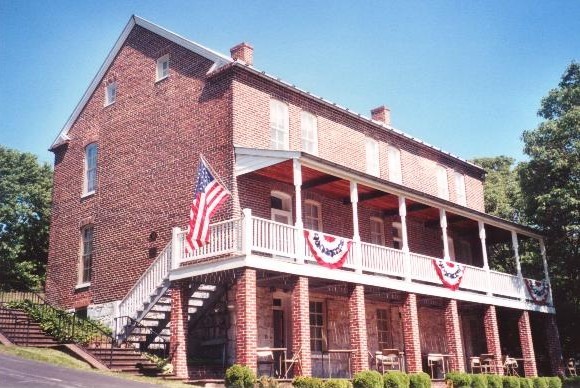
Adam Stephen Home
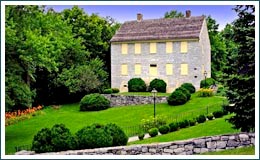
Sketch of Adam Stephen
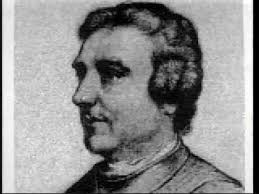
Triple Brick Museum located beside the Adam Stephen House and is operated as a museum together with the Adam Stephen House
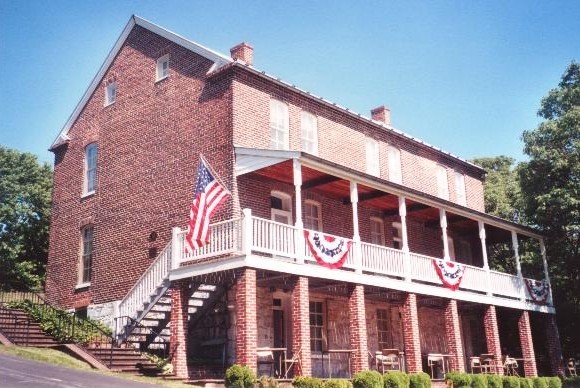
Interior of the Adam Stephen House
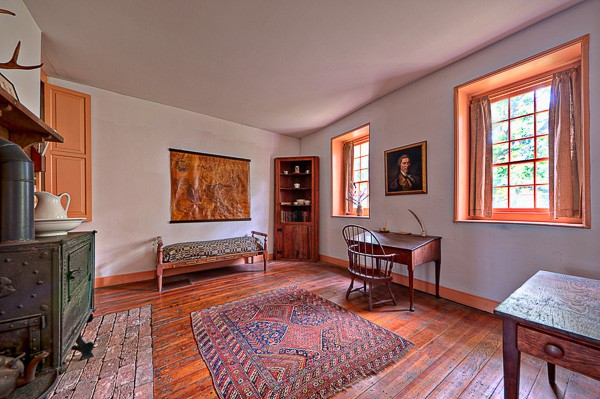
Adam Stephen Memorial and Burial Site
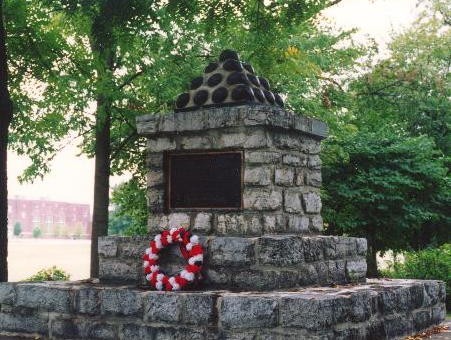
WV Historical Marker
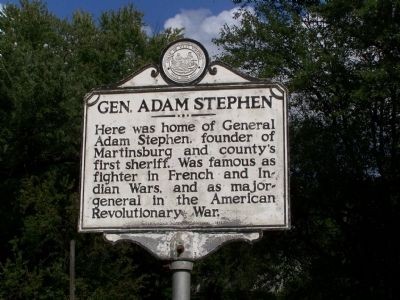
Backstory and Context
Text-to-speech Audio
Adam Stephen was born in Scotland around the year 1718. He completed his university studies and became a surgeon sometime near 1746. Stephen served in the Royal Navy. In 1948, Stephen arrived in the American Colonies. He settled in Fredericksburg, VA where he established a doctor’s practice.1 Stephen received his first military post in the colonies in 1754. The French and Indian War was just beginning and the frontier was largely unsettled. Stephen served as a Colonel in the colonial militia during the war. He participated in Braddock’s failed effort to take Fort Duquesne from the French.2 Land was the mechanism of wealth during this period and Stephen was adept at acquiring land. One of his acquisitions was a plantation outside of Winchester. Adept at business, Stephen operated several mills, a distillery, and an armory.3 He sold some of his property in the area to help develop the city of Martinsburg. Stephens’ negotiating skills lead him to great success in negotiating treaties with Indian nations in the Carolina’s, western Virginia, and the Ohio region. In 1761 Stephen ran, unsuccessfully, for a seat in the House of Burgesses against George Washington.4
The land upon which Adam Stephen built his house was purchased by him in 1770. The lot consisted of 255 acres, and contained the entrance to large cave system. Stephen built his home on one of the cave systems entrances. Speculation has it that the caves were to be used as an escape system in the event of an Indian attack.5 A letter written to Daniel Morgan by the acting Governor of Virginia, states that Adam Stephens was a “Lieutenant and Chief Commander” in the militia.6 Stephen served in Lord Dunmore’s war in 1774.
During the American Revolution Stephen acquired the rank of Colonel with the Virginia 4th.6 Stephen rose to the rank of Major General, leading well at Brandywine and Trenton. His military career crashed at the Battle of Germantown. Stephen ordered an untimely retreat that contributed to a colonial defeat. Stephen was accused of being intoxicated during the battle and was court-martialed.7
Stephen returned t Martinsburg. He served in the Virginia House of Representatives, and in October of 1788 he petitioned for the chartering of the city of Martinsburg.8 Perhaps Stephens’ greatest moment was his defense of the U.S. Constitution at the Virginia Ratification Convention. The Constitution was ratified, the winning votes were cast by western delegates, many of whom were persuaded by Stephens’ arguments.9 He also advocated for the national capital to be located in Shepherdstown. Adam Stephen died at his home on July 16, 1791.10 Stephens’ home, along with the neighboring Triple House, is now a museum.
Cite This Entry
Sigmon, Lee and Kathleen Thompson. "Adam Stephen House." Clio: Your Guide to History. September 17, 2020. Accessed April 27, 2025. https://theclio.com/tour/722/4
Sources
1. “Adam Stephen (ca 1721-1791)” Virginia Memory, Library of Virginia, 2014, accessed March 21, 2015, http://www.Virginiamemory.com/online_classroom/shaping_the_constitution/people/adam_stephen 2. J.E. Norris, editor,“History of The Lower Shenandoah Valley Counties of Frederick, Berkley, Jefferson, and Clarke”, p. 245, Google Play, accessed March 21, 2015, https://play.google.com/books/reader?printsec=frontcover&output=reader&id=1UNEAQAAMAAJ&pg=GBS 3. “General Adam Stephen Memorial Association”, accessed March 21, 2015, http://www.orgsites.com/wv/adam-stephen/ 4. J.E. Norris, editor,“History of The Lower Shenandoah Valley Counties of Frederick, Berkley, Jefferson, and Clarke”, p. 245 5. “General Adam Stephen Memorial Association”, accessed March 21, 2015, http://www.orgsites.com/wv/adam-stephen/ 6. James Graham, “The Life of General Daniel Morgan”, (New York: Derby & Jackson, 1859), P. 42, Google Play, accessed March 21, 2015, https://play.google.com/books/reader?printsec=frontcover&output=reader&id=jclEAAAAIAAJ&pg=GBS. 7. J.E. Norris, editor,“History of The Lower Shenandoah Valley Counties of Frederick, Berkley, Jefferson, and Clarke”, p. 246 8. J.E. Norris, editor,“History of The Lower Shenandoah Valley Counties of Frederick, Berkley, Jefferson, and Clarke”, p. 243 9. “General Adam Stephen Memorial Association”, accessed March 21, 2015, http://www.orgsites.com/wv/adam-stephen/ 10. “General Adam Stephen Memorial Association”, accessed March 21, 2015, http://www.orgsites.com/wv/adam-stephen/
"Gen. Adam Stephen." The Historical Marker Database. Accessed September 17, 2020. https://www.hmdb.org/m.asp?m=12786.

